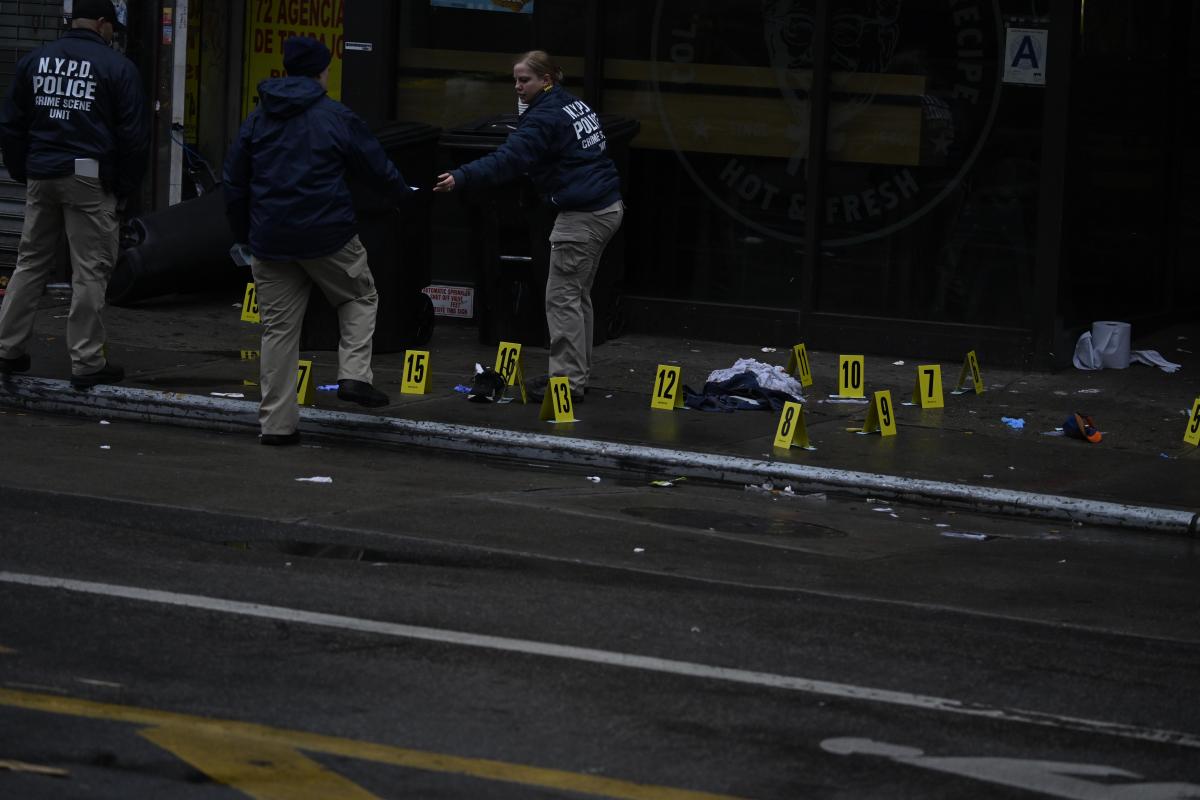By Joan Brown Wettingfeld
On Monday, May 1, 1939, the headline in The New York Times read: “President Roosevelt Opens fair As a Symbol of Peace.” Roosevelt in his first public utterance since German Chancellor Adolf Hitler had virtually rejected his plan for peace in the next decade, dedicated the fair to uniting the nations of the Western Hemisphere — to encouraging peace and good will among nations. He voiced the hope that “time would break down the barriers to tranquillity on the Continent.”
The earlier Century of Progress Exposition in Chicago had produced prosperity and prestige for Chicago, and businessmen and politicians in other American cities became increasingly “fair conscious.” New York’s interest in the idea of a genesis of a fair included business, but there were two other factors of importance:
1. The desire to observe the 150th anniversary of our federal government, honoring when Washington took his inaugural oath in New York City on April 30th, 1789 and:
2. Also the chance of an opportunity to create a parkland from a thousand acres of “odoriferous” dump.
New York World’s Fair 1939 Incorporated was formed in October 1935. Grover Whalen and Parks Commissioner Robert Moses were actively involved. The list of exhibitors would include 60 countries, the League of Nations, 33 states and territories, the Works Progress Administration and the City of New York. The theme took an optimistic and festive view.
Though the plan was for the largest fair ever organized to date, it was to begin in the midst of the Great Depression. Hopes imbued the plan with an optimistic view of the future. Its main thrust was to concentrate on demonstrating the potential for the future of the use of science and technology.
It is interesting to note as an aside that the 1893 World’s Columbian Exposition in Chicago inspired the birth of Coney Island and indirectly inspired Walt Disney to create later on his famous Disneyland.
To support their vision of a high-tech world of tomorrow, fair exhibitors employed the best known architects and designers of the day. It was often a contest in which extreme modern and deco styling combined. In their desire to acquire a symbol for the fair the planners turned to the firm of Harrison and Fouilhoux, which was selected to design the theme center, the Trylon and the Perisphere. One of the team of designers was Henry Sturr, who lived in Bayside and was an active member of the Bayside Yacht Club.
Nearly 1,000 sketches of the theme symbols, the Trylon and Perisphere, were submitted. The original size of the Perisphere was reduced due to budget limitations and in the end it was 18 stories tall and 180 feet in diameter with a circumference of 628 feet. The word, Perisphere, is derived from “peri” meaning “beyond, all around, about.” Twice the size of Radio City Music Hall, it took more than 1,000 people to run the exhibit and its theme was “Democracity.” It was supported by eight steel columns on a concrete ring which sat on 600 piles and was the only structure on the fairgrounds that had floodlights. Its theme song, “Rising Tide,” was played continually and was written by William Grant Still (1895-1978).
“Democracity” housed in the Perisphere, and conceived by Henry Dreyfus, a well-known industrial designer, was the planned city of tomorrow in the year 2039. With its entrance 50 feet above the ground people rode the longest moving electric stairway in the world to get to it, and then walked onto one of two revolving suspended platforms to view “Democracity.”
The Trylon, partner to the Perisphere, was also reduced in size from its original plan and was 610 feet tall and three sided. The name was derived from “tri,” meaning three-sided, and “pylon,” meaning “monumental gateway.” The tallest structure on the ground, it was used as an antenna for television and radio signals. The Trylon and Perisphere were connected by a giant ramp called the “Helicline.”
In viewing the whole story of the World of Tomorrow so much made the 1939 fair significant, including the critical moment it appeared on the world stage in the midst of the reforms of the New Deal and just before World War II. Until the fair, the model for urban and suburban planning was in the ideas of the 1920 progressive regional planners. By the end of the fair, Robert Moses’ agenda would give us instead growth, superhighways, overwhelming suburban development, conspicuous consumption, and the end of a life-style that was.
There are as always two sides to every question.
The World’s Fair of 1939 was important for a number of reasons not the least of which was its ambitious projection into the future. Basically, the fair’s goal was to stimulate the economy. The industrial designers, Loewy, Dreyfus, Harrison, among others built a model utopian city that was based on science, invention and rational planning. The designers of the Trylon and Perisphere, however we view their achievements, believed they had symbolized the hope and promise of the future.
Joan Brown Wettingfeld is a historian, and free-lance writer. Reach her by e-mail at JBBAY@aol.com.




























